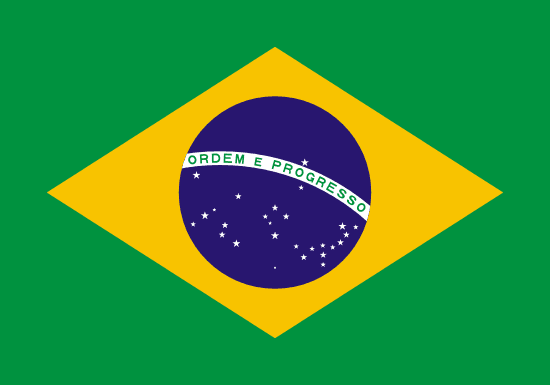"Cidade Verde | Green City"
About:
Cuiabá, the capital of Mato Grosso, Brazil, was founded in 1719 during the Brazilian gold rush. Its strategic location made it a hub for explorers and traders. Despite the decline of gold, Cuiabá thrived due to agriculture and livestock. In the 20th century, it experienced significant growth with the construction of roads and an airport. Today, Cuiabá is a major regional economic center, with a diverse economy that includes agriculture, industry, and services.
When to visit:
Cuiabá, the capital city of the Brazilian state of Mato Grosso, experiences a tropical wet and dry climate, characterized by distinct wet and dry seasons. The best time to visit Cuiabá is during the dry season, which typically spans from May to September. This period offers pleasant weather with lower chances of rainfall, making it ideal for outdoor activities and sightseeing. However, travelers should be prepared for higher temperatures during this time, as Cuiabá can get quite hot, with temperatures often exceeding 90°F (32°C).
When to avoid:
Cuiabá, located in Brazil, experiences a rainy season from December to March, making it the least desirable time to visit. Heavy rainfall during this period can lead to flooding and transportation disruptions, affecting the overall travel experience. Additionally, high humidity levels and hot temperatures can make outdoor activities uncomfortable for tourists. It is advisable to avoid traveling to Cuiabá during the rainy season to ensure a more enjoyable and hassle-free holiday experience.
"Wet Season (Dec–Mar)"
The wettest period in Cuiabá, Brazil, is from December to March, during the summer season. Average temperatures range from 24-32°C, with high humidity levels. Rainfall averages around 200mm per month, and thunderstorms are common, usually in the afternoon. Despite the rain, it's also the sunniest period with 6-7 hours of sunlight per day. An average day for a visitor might start sunny and hot, becoming cloudy with possible afternoon showers. Evenings are warm and humid but cooler than the day.
"Hot Season (April–September)"
The warmest part of the year in Cuiabá, Brazil, typically spans from September to November, with average high temperatures reaching a peak of around 38°C (100°F) in October. Despite being the warmest period, it's also the wettest season, with October experiencing an average rainfall of about 140 mm. However, the rain usually comes in short, heavy bursts, rather than all-day drizzles.
On average, Cuiabá sees about 6-7 hours of sunlight per day during this period, with the sun often hidden behind clouds. Relative humidity ranges between 60-80%, contributing to a muggy and somewhat oppressive atmosphere, especially during the heat of the day.
Cloudiness is relatively high, with the sky being mostly cloudy or overcast around 70% of the time. Despite this, there are still plenty of clear or partly cloudy days to enjoy.
A typical day for a visitor during this time would start off warm and humid in the morning, with temperatures quickly rising by midday. Afternoons often see brief but heavy showers, offering a little respite from the heat. Evenings remain warm and humid, but are generally more comfortable than the daytime.
Language:
In Cuiabá, the most commonly spoken language is Portuguese, as it is the official and dominant language of Brazil. There are also speakers of indigenous languages, particularly from the Bororo people. Additionally, due to international influences and migration, other languages such as Spanish, English, and Italian may also be spoken to a lesser extent.




